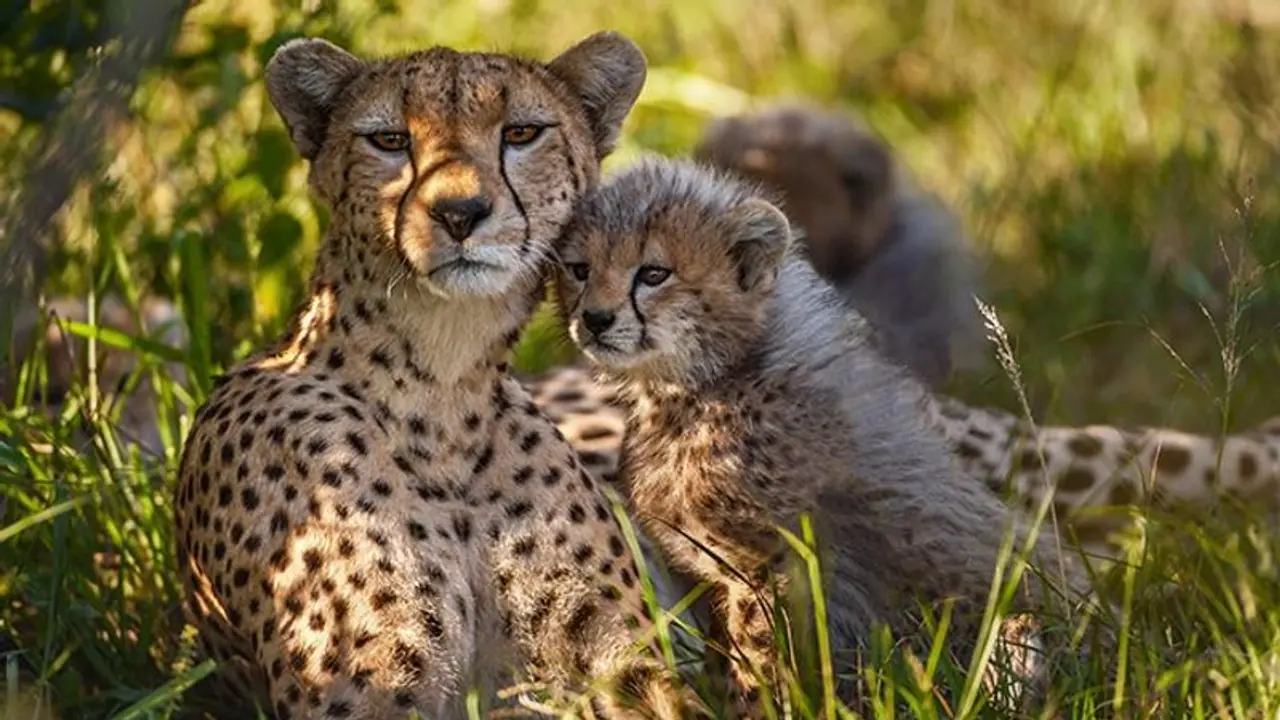The most ambitious wildlife project of India, the Cheetah re-introduction, will finally see the light of the day on Friday when the African big cats land in Jaipur, Rajasthan on September 17. From there, they would further be translocated to Madhya Pradesh's Kuno National Park (KNP), their new home. In the ‘tiger state', it is not only the wildlife lovers who are eagerly waiting for the arrival of the cheetahs but also the farmers.
The world's first international translocation project, which will reintroduce the fastest moving animal in India after 70 long years, will not only boost tourism in Madhya Pradesh but also promises to bring smiles to the faces of farmers in three districts of the Gwalior-Chambal region.

For a long time, the farmers of Shivpuri, Ashok Nagar and Guna districts have been troubled with the long-standing problem of the Indian Antelope 'blackbucks' damaging their crops every season. With cheetahs around, these farmers might finally be looking at a solution to their problem.
The forest department has been working tirelessly to build a wise and stable prey base in KNP, which is spread in MP's Sheopur and Morena districts. For this, the department has been working on a project of trans-locating blackbucks from Shivpuri, Ashok Nagar and Guna districts to the new home of cheetahs.
ALSO READ: Cheetah returns to India: The 'special bird' that will fly from Windhoek to Jaipur
According to a senior forest officer, the rains have temporarily hit the progress of the blackbuck translocation project. However, it will again gain momentum after the departure of the monsoon. The exercise of translocating blackbucks is expected to begin in October.
Blackbucks will be translocated through the Boma technique from Shivpuri, Ashok Nagar and Guna districts to Kuno National Park and other ideal jungles having suitable habitats for the Indian Antelope.
The prey base in Kuno has already been prepared for the cheetahs with the presence of deer species such as cheetal. "With blackbuck considered one of the most ideal preys of the cheetahs, approval has been given to the project to translocate the blackbucks from the three districts of Gwalior-Chambal region, where they are a major problem for the farmers," said CS Ninama, the Chief Conservator of Forest (CCF) at the Madhav National Park in Shivpuri.
With the grasslands being their most favoured habitats, the blackbucks permanently reside in the agricultural fields of farmers and often damage the crops in the initial phases of cultivation by crushing the nascent crop. The farmers of the three districts, despite the Blackbucks being a major problem for their early crops, haven't harmed them but have only been raising the issue with authorities.
"By translocating the blackbucks to Kuno National Park and other ideal habitats, we will not only help the farmers' cause but also save the Indian Antelope from coming under the attack of wild canines, particularly during the monsoon season in the muddy agricultural plots. Further, they will be the ideal addition to the already existing prey base for the cheetahs in Kuno," said Ninama.
The batch of eight cheetahs will be arriving in Jaipur on Friday, after which they will be translocated to Kuno National Park, which is roughly a distance of 300 kilometres. The project will be officially launched by Prime Minister Narendra Modi on Saturday, on the occasion of his 72nd birthday.
Significantly, Cheetahs went extinct in India during the 1950s. The plan for their reintroduction has been in the pipeline for decades. The central government had initially approached Iran, where the Asiatic cheetah, the same subspecies that went extinct in India, exists, and was even keen on cloning the species. But when Iran refused to help India, citing a low number of cats on its own land, the central government turned to the African subspecies.
